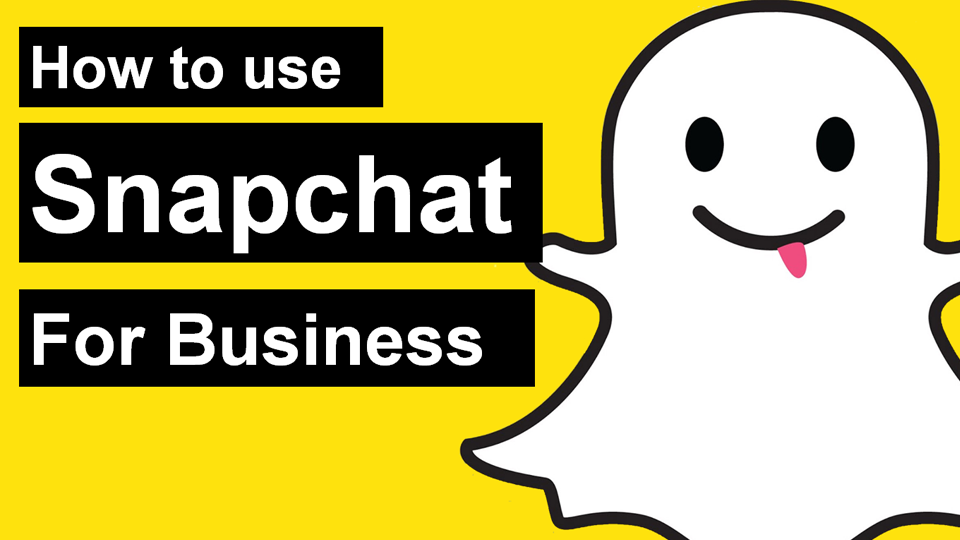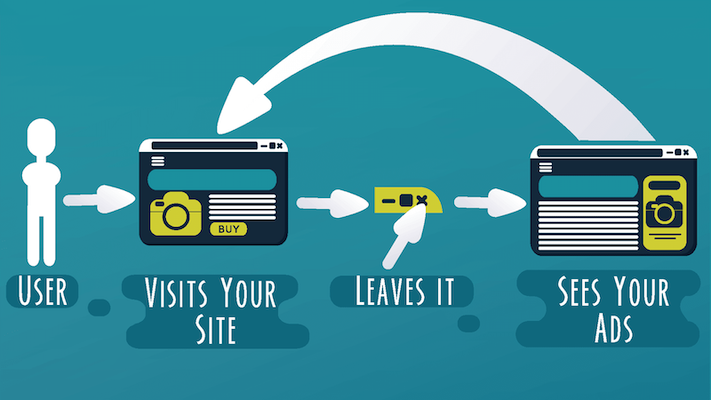SEM: 5 Ways to Make Your Christmas Campaigns More Profitable

The Christmas campaigns are here! It’s the ideal time to put the finishing touches on your ads or, if you’ve been far-sighted and already have them underway, there’s still time to make changes to get the best results.
A lot of shopping-related searches are made at this time of year, so it’s an excellent time to launch SEM campaigns. In addition, this type of advertising allows you to achieve very fast results, so it is excellent for seasonal ads.
To make sure your SEM is ready for this year’s Christmas campaigns, let’s take a look at 5 simple resources to give your results a boost.
1) Review the foundations of your SEM
From time to time, it is interesting to review the basic aspects of what we are doing in our marketing, and Christmas campaigns are a very good opportunity for this.
As with any advertising format, one of the keys to SEM is to target the right audience and clearly identify what makes your business unique.
Therefore, you have to consider what your unique selling proposition is: price, convenience, variety of products, emotional factors, warranty… Nowadays, users can go to the competition with just a few clicks, so your marketing should focus on those things that make you irreplaceable.
Your one-size-fits-all proposition may not work for everyone, but the great thing about Christmas is that so many people are interested in buying that you can focus on what makes your company or products special.
To focus, I recommend that you start by reviewing your buyer persona, that is, the profile of your ideal customers (and if you haven’t created one yet, it’s time to get down to work!).
A buyer persona helps us to easily identify what the people who buy our products and services are like and where to find them, as well as the challenges and needs they need to solve. The more detailed it is, the more it will help us identify very specific needs that we can solve through our marketing.
Once you’re clear about what your unique selling proposition is, you’ll need to figure out how to fit it into your SEM campaigns. What searches would a user who needed just that do? How can you reflect this in your ad copy?
You might want to create a separate ad group or campaign to focus even more on a particular sales pitch… Ultimately, you need to review the structure and setup of your campaign, keeping in mind what makes you unique.
2) Personalize your messages
The sheer scale of holiday shopping helps us create highly targeted marketing, but it also makes it difficult to stand out from the crowd of competitors. You’ve already identified your buyer persona and know how to win them over, but you still need to get their attention. And this is where customization can help you.
The more specific the audience you’re targeting and the messages you use, the more likely you’ll be to convert. For example, let’s imagine a user who is searching on Google for “Christmas gifts” and finds two ads with two different titles:
- Christmas Gift Offers | in Amazon.com
- 1001 Christmas Gifts | Free shipping from only 25$
The second headline is more specific, gives you more information, and has the incentive that from $25, shipping is free. You will have more chances of being clicked by people who are really interested in finding Christmas gifts.
The first ad is also interesting, as it plays with branding strategy. Since many people know Amazon and subscribe to the Prime service, they will look for gifts here to get free shipping. This ad will be more successful if it appears to people who are Amazon customers.
To implement personalization in your campaigns, you can think of different needs that your products could cover and make them very clear in your ad copy. You can create separate ad groups for different subtypes of users.
If you implement this strategy, I highly recommend using A/B and multivariate testing to see which customizations work best. For example, you can launch two ads with the same landing page at the same time, but one of them with generic text and another focused on a specific segment. Then, compare the results with each other to come up with the options that work best.
3) Make video announcements
As the holiday shopping craze increases and competition between advertisers increases to keep up, you need to revamp your creatives. It’s no longer enough to recycle the usual ads: you need Christmas campaigns that can grab your customers’ attention, ads that they actually enjoy watching.
One of the best ways to capture users’ attention is through high-quality video ads. Luckily, the integration of Google and YouTube makes it possible to include video in your SEM campaigns.
The keys to SEM on YouTube
To integrate YouTube ads into SEM campaigns, Google Ads has TrueView ads, which you can use to reach potential customers when they watch or search for videos on YouTube. They’re based on a pay-per-click or per-view model of longer than 30 seconds.
Video ads are shown on YouTube and elsewhere across the web through Google Ads, reaching more than one billion users. Ads can be targeted based on the following criteria:
- Demographic groups: age, gender, paternity, family income…
- Detailed demographics: More specific traits, such as college students, homeowners, or recent parents.
- Interests: Here, you can choose from a number of audience categories available to reach people who are interested in certain topics. Audience categories include affinity audiences (people who are already interested in topics related to your products and services), custom affinity audiences (people who are interested in very specific topics, for example, marathon runners versus people interested in sports), life events (people who are going through a key time in their lives, for example, getting married or finishing university), or in-market audiences (people who are considering buying a product or service like the ones you offer).
- Video remarketing: People who have previously interacted with your videos, TrueView ads, or YouTube channel.
Within TrueView ads, we’re particularly interested in the recently launched TrueView for Action format. With these ads, advertisers can customize the calls to action that appear alongside their video ads. On mobile phones, ads appear below the video and remain even after the ad ends or the user skips it. On desktop, your ad appears next to the video player at the top of the recommendations column on the right. Advertisers can add their own creatives (such as a logo or image) or let the system automatically fetch them from the landing page.
How to optimize video ads for your Christmas campaigns
We are no longer in the times of the single television channel and advertising breaks. We can no longer force users to pay attention to our ads, especially during the stress-filled, to-do holiday season.
The solution? Instead of demanding users’ attention, we have to earn it. If your ads are a breath of fresh air instead of an imposition, you’ll get them to enjoy watching them. And to link them to conversions, you can use TrueView for Action calls-to-action.
To further improve the results of your campaigns, take note of these tricks:
- Hurry up! You only have 5 seconds before the option to skip the ad appears, so you need to hook viewers as quickly as possible. And then, don’t slow down: if you want to get attention, you need action.
- Use audio. Unlike what happens on social networks such as Facebook, users often watch YouTube videos with sound, even from mobile phones. Use it to make sense of your ads and elicit emotional responses.
- Segment, segment, segment. All the work you’ve done to define your buyer persona and unique sales pitches also works for your Christmas video campaigns, so take advantage of it!
- Use close framing and bright colors. Both elements stimulate our sense of sight and encourage us to pay attention.
4) Check your product feeds
After all the effort you’ve put into optimizing the SEM of your Christmas campaigns, it would be a shame to miss out on sales due to technical issues. So don’t forget to give your feeds a good refresher and make sure they’re organized and working well before your holiday shopping.
Sometimes small mistakes accumulate throughout the year without us noticing, but if we don’t fix them in time, we are missing out on a lot of potential opportunities. It would be something like ordering products for a physical store and then forgetting to place ourselves on the shelves.
Therefore, it’s time to review the requirements of the advertising platform you’re using and make sure your feeds are up to the time of day. This will save you from last-minute unpleasant surprises such as warnings, removed products, or even account suspensions.
5) Use Smart Shopping campaigns
Christmas campaigns are an ideal time to launch one of the most interesting SEM novelties of the year: Google Ads Smart Shopping ads.
This new feature leverages machine learning to create goal-optimized Shopping campaigns. These campaigns use artificial intelligence to automate ad delivery and achieve a predefined conversion goal, such as revenue or return on ad spend (ROAS). In addition, these types of ads incorporate dynamic remarketing functionalities.
Smart Shopping ads are designed to take advantage of different locations across the Google Ads network: Google search results, Gmail, YouTube, search partners, and the Display Network.
To get them up and running, you need to have an active, Google Ads-linked product feed in your Google Merchant Center account and implement the Google Ads remarketing tag. Once you meet these requirements, simply select goal-optimized campaigns when you’re setting up a new Shopping campaign.
Here are some tips to make the most of this novelty in your SEM campaigns this Christmas:
- Get started now. Smart Shopping campaigns take at least 15 days to be up and running, so it’s best to start early. This way, they’ll be ready for the onslaught of last-minute Christmas shopping.
- Review the results regularly. The sooner you start using Smart Shopping campaigns, the sooner you can start seeing the results, evaluating their effectiveness, and course-correcting when necessary. That’s why my recommendation is that you do regular check-ins to see how your metrics are evolving.
- Research your settings. Budget and return on ad spend are the things you have the most control over, so try experimenting with them and seeing how they affect your results.
- Don’t be afraid to raise your budget. The good thing about Christmas campaigns is that demand increases… but to take advantage of it, you have to increase the budget invested as well. Now is the time to make an extra investment to multiply your results.










